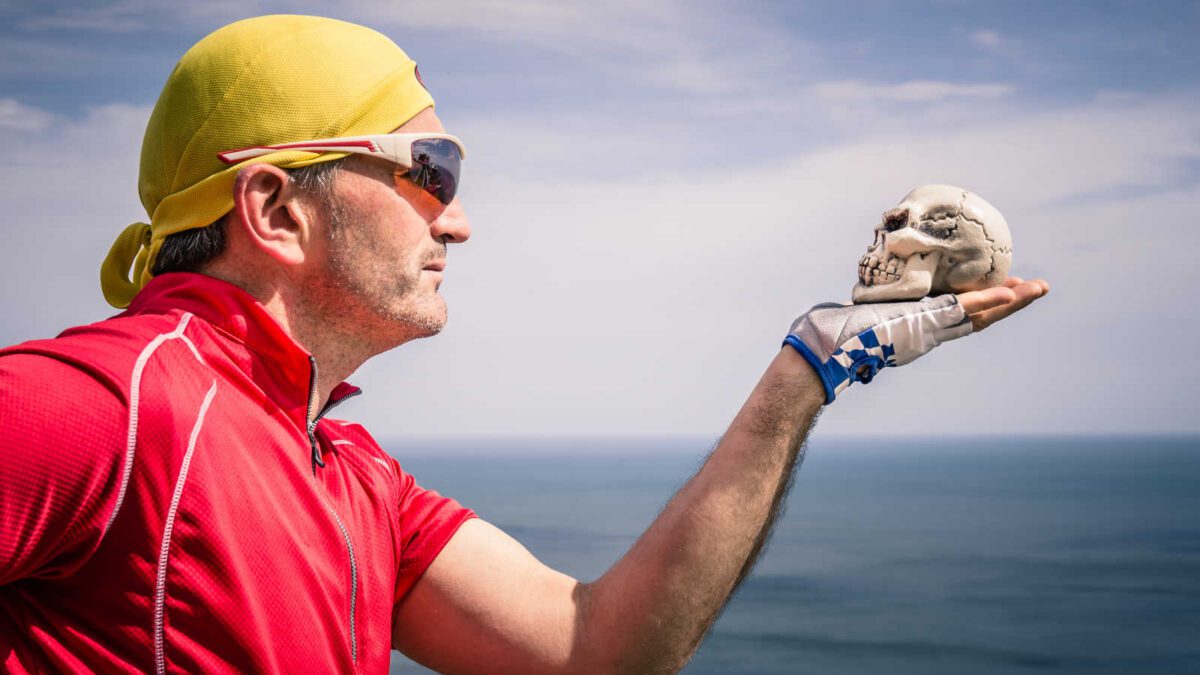How to cheat in a bike race: Part 2
Cutting corners to cut corners
 Photo by:
Getty Images
Photo by:
Getty Images
Everyone remembers the infamous Rosie Ruiz, the Boston Marathon course-cutter who was ultimately stripped of her victory in the 1980 edition, and became a symbol of cheating in sports. But hey, maybe she was onto something?
There’s dozens of anecdotes from pro cycling about times when riders would do everything they could to avoid the tough parts of the course. I mean, if you could avoid the hardest part of the race, imagine how fresh you’d be! I can personally attest to seeing it, but history also is full of primo examples. Of course, the image of Lance Armstrong cutting the course wasn’t really cheating, he was avoiding Joseba Beloki crashing in front of him. But there are plenty of other times in cycling that riders would cut more than just a corner.
We don't tolerate cheating in Cycling… pic.twitter.com/3YYTcrpk74
— Marie-Ann Detests Tories ?? ?? ?? (@MarieAnnUK) September 27, 2017
In Breaking the Chain, written by Willy Voet, the Festina soigneur who would be jailed for bringing drugs to the French team, he tells several anecdotes about riders who would hide in the bushes on top of a climb. Some races would have difficult hills in the first half of the race, so clever riders would simply hide in the forest, then jump out once the pack had passed and jump in, having saved yourself some pain and suffering. Boom. Mission accomplished. No fair, no foul. Well. quite a bit of foul, but no one ever knew.
Pat Boyd was one of the fastest British cyclists of the 1950s, but cycling can be full of bad luck. In a road race in Belgium he suffered a flat on the cobbles, leaving him far behind the peloton. In the book Cycling’s Strangest Tales, there is the story of how he found a nice little short cut to catch back on from a local.
“Pat’s new pal indicated an unassuming little alleyway, intimating that the secret shortcut was their only hope, the pair pedaled furiously down the passage. When they emerged at the other end of the alley, the peloton was suddenly and tantalizingly within sight. Pat was in business; he caught the leaders and remained in the pack for the rest of the race to register the top-10 finish he craved.”
When I raced, I would often see this, but sometimes it wasn’t even so clandestine. There was a race in Yuma, Arizona, that was 300 km: 50 km out, 150 km back. It was pancake flat and difficult to break away and an exceptionally boring race. However, when we got to the turnaround, which was legitimately * one * pylon, my naivety and innocence screwed me (and 100 other guys.) The hardened pros knew that with no commissaire at the pylon, they could turn around 200 m earlier. Which is exactly what they did, and thus, they got the gap which would give them the push to create a split in the pack, riding a few minutes ahead of the pack for the last 150 km.
Nowadays, with timing chips and cellphones everywhere, these maneuvers are probably a smidge trickier. But hey, what’s life without risk? Godspeed, and best of luck.
